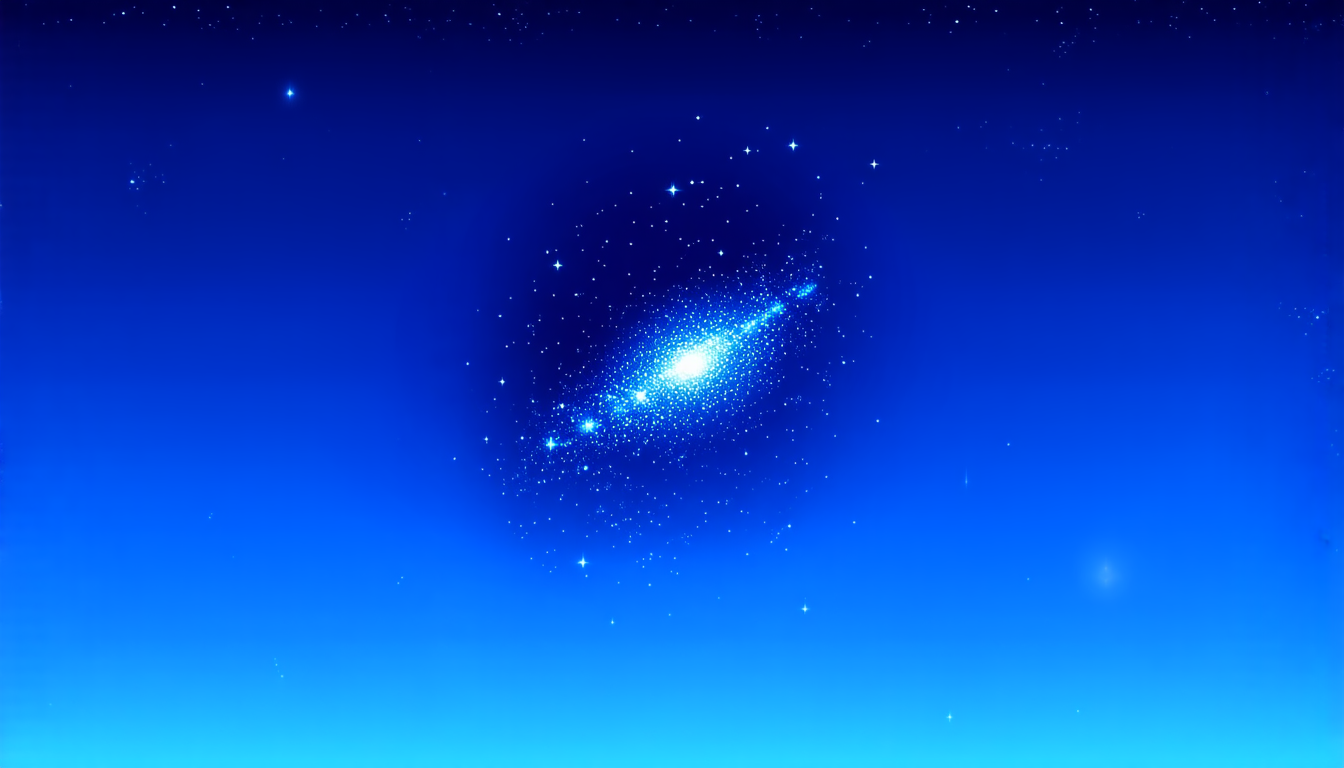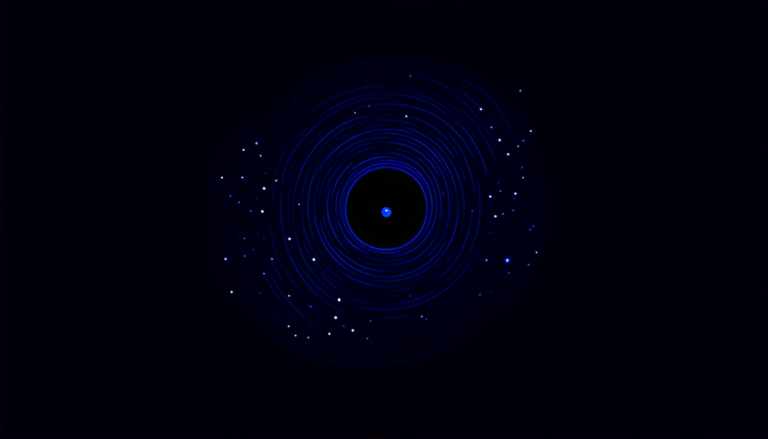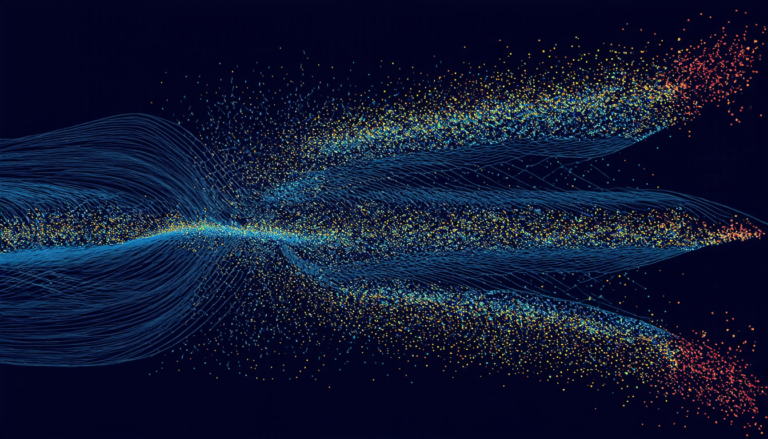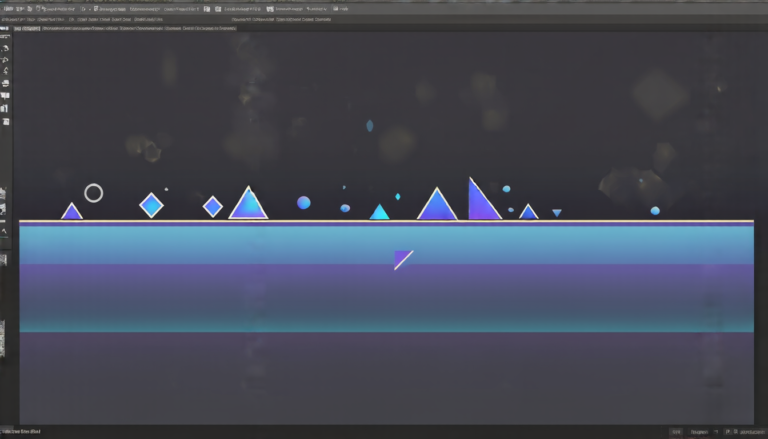Tuesday 03 June 2025
A recent study has shed new light on the long-standing mystery of globular clusters, those dense, ancient collections of stars that orbit at the edges of galaxies. For decades, astronomers have struggled to understand how these clusters form and evolve over time, particularly in regards to their complex population structures.
Globular clusters are fascinating objects because they contain thousands to millions of stars, all bound together by gravity. But unlike other star systems, globular clusters often exhibit multiple populations with distinct chemical compositions. This is puzzling, as it suggests that these clusters may have formed through a combination of different processes.
Researchers have proposed various theories to explain the origins of these population differences. Some suggest that globular clusters are actually the remnants of smaller galaxies that collided and merged with our own Milky Way. Others propose that they formed from the merger of smaller star-forming regions within the galaxy itself.
To get to the bottom of this mystery, a team of astronomers has used advanced computer simulations to model the evolution of globular clusters over billions of years. They focused specifically on the dynamical mixing of these clusters, which refers to the way in which stars move and interact with each other over time.
The researchers found that the dynamical mixing process plays a crucial role in shaping the population structures of globular clusters. As stars move around within the cluster, they can exchange material with their neighbors through various processes like stellar collisions or gravitational interactions. This mixing can lead to the formation of new populations with distinct chemical compositions.
One key finding was that the rate of dynamical mixing is influenced by the initial conditions of the cluster, such as its mass and internal velocity distribution. The simulations showed that clusters with higher masses tend to experience more intense mixing, leading to a greater degree of population homogenization.
Another important result was that the timing of core collapse, which occurs when the central density of the cluster becomes so high that it triggers the merger of stars into a single massive object, can also impact the dynamical mixing process. The researchers found that clusters that undergo core collapse earlier in their evolutionary history tend to exhibit more complex population structures.
The study’s findings have significant implications for our understanding of globular cluster evolution and the formation of multiple populations within them. By better understanding how these clusters form and evolve, astronomers can gain valuable insights into the early history of the universe and the processes that shape galaxy evolution.
Cite this article: “Unraveling the Mystery of Globular Clusters Population Structures”, The Science Archive, 2025.
Globular Clusters, Star Formation, Galaxy Evolution, Population Structures, Chemical Compositions, Dynamical Mixing, Stellar Collisions, Gravitational Interactions, Core Collapse, Multiple Populations







